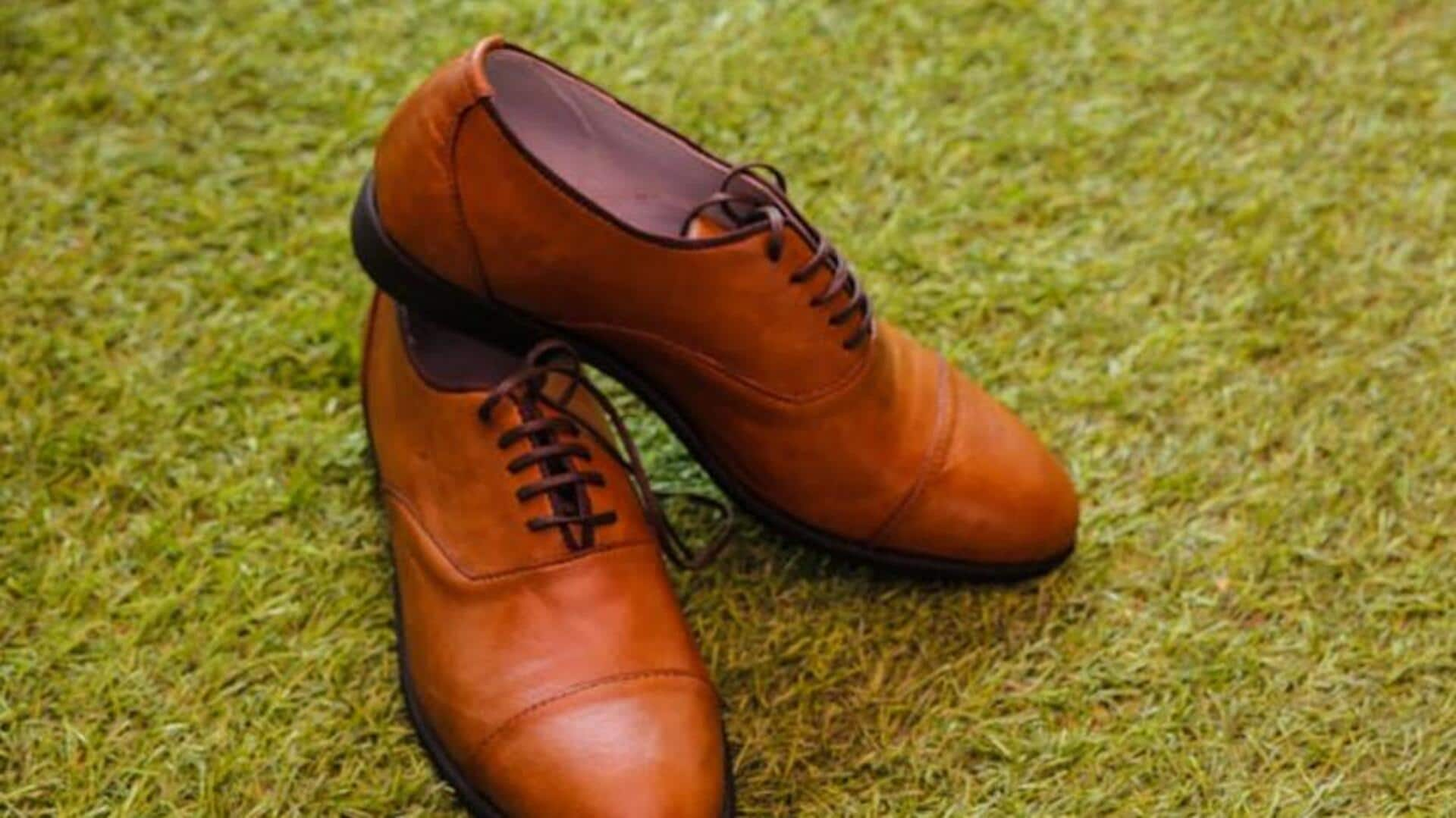
Revolutionizing footwear with eco-friendly materials
What's the story
In an era where sustainability is a necessity, the footwear industry is advancing. The move toward eco-friendly materials in shoe production is not merely a trend but a significant revolution, promising comfort, style, and notably, a reduced environmental footprint. This article examines this transformation and its impact on consumers and the planet, highlighting the importance of sustainable practices in modern footwear manufacturing.
Background
The rise of sustainable materials
Traditionally, footwear manufacturing has relied heavily on materials that are not environmentally friendly, such as plastics derived from fossil fuels and chemically treated animal hides. However, with growing environmental concerns and consumer demand for sustainable products, manufacturers are exploring alternative materials. These include recycled plastics, organic cotton, natural rubber, and even innovative options like algae-based foams and mushroom leather.
Key concept
Embracing eco-friendly practices
The key to revolutionizing footwear with eco-friendly materials lies in embracing sustainability at every step of the production process. This involves sourcing materials responsibly, minimizing waste through efficient design and manufacturing techniques, and ensuring products are durable and recyclable at the end of their life cycle. Brands are also adopting transparent practices to allow consumers to trace the sustainability journey of their products.
Practical advice
Practical tips for consumers
Consumers are pivotal in driving the sustainable footwear revolution. First, ensure shoes meet environmental standards by checking for certifications like the Global Organic Textile Standard or Fair Trade. Second, prioritize the longevity of footwear; opting for durable pieces minimizes waste. Finally, engage in brand recycling programs to extend the life of your shoes. These steps collectively support sustainability in the industry.
Seasonal guide
The future footprint
The future of footwear is bright with eco-friendly materials and sustainable practices gaining traction. Adjusting shoe choices seasonally, like choosing organic fabrics in summer and natural rubber boots in rainy seasons, enhances both comfort and sustainability. With evolving technology and increasing consumer awareness, expect more innovative, green solutions. This shift toward sustainable footwear is crucial for a healthier planet and stylish, comfortable shoes.